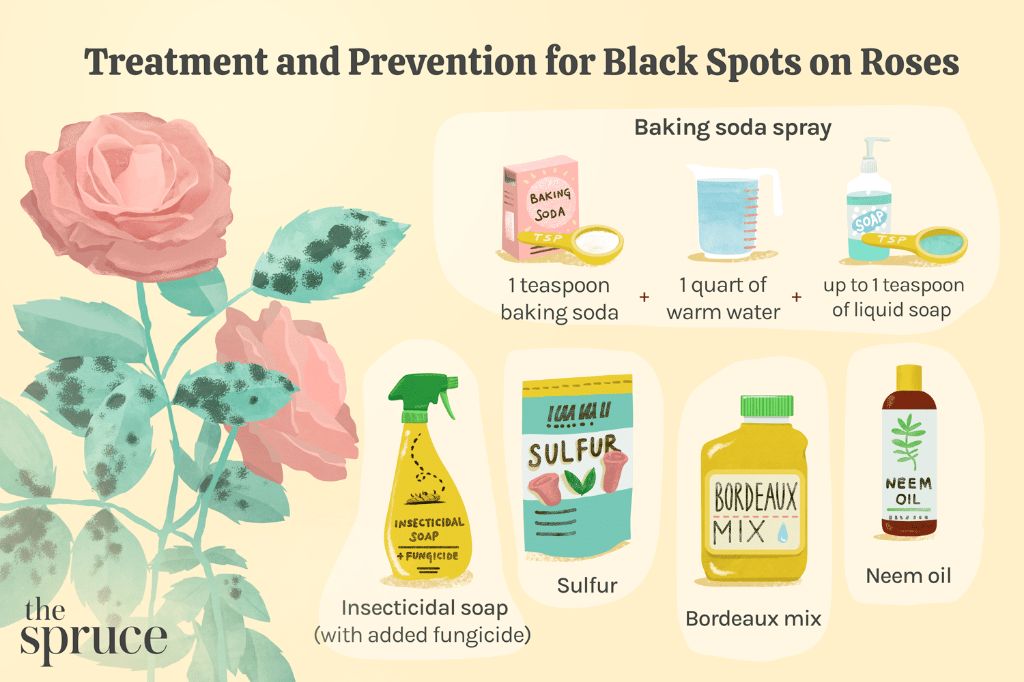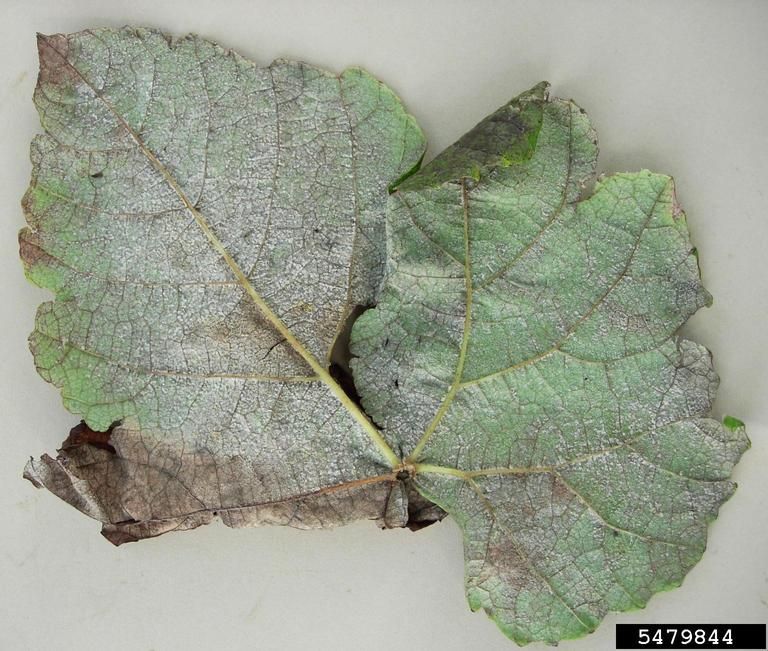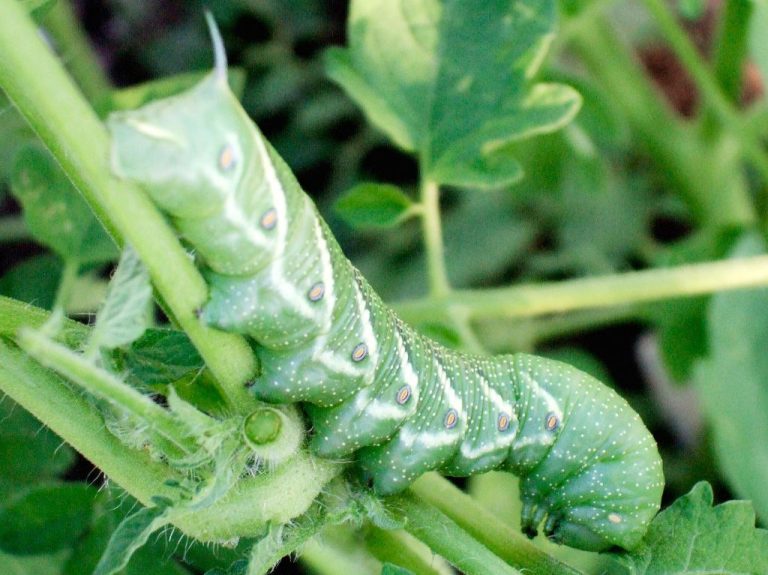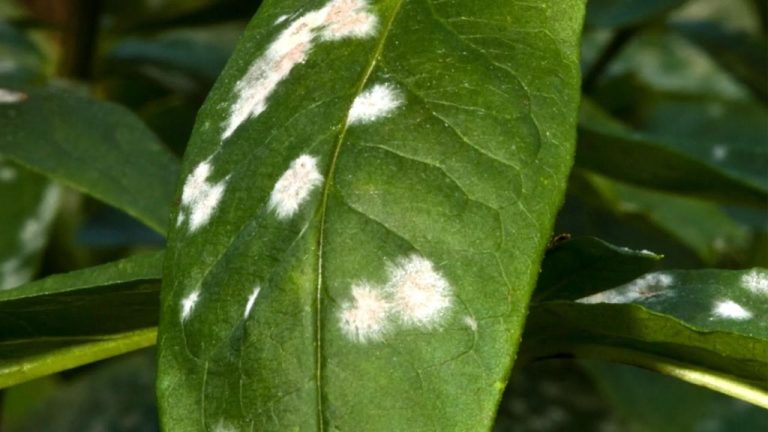Preventing And Managing Black Spot Disease On Roses
What is Black Spot Disease?
Black spot is caused by the fungus Diplocarpon rosae. It is the most common and destructive disease affecting roses worldwide. The disease causes dark black spots to develop on the leaves of infected roses. These spots have fringed or feathery edges. As the disease progresses, the infected leaves will turn yellow and fall off. Black spot spreads very rapidly in conditions that are warm, wet, and humid (RHS).
Signs of Black Spot
The most telltale sign of black spot disease on roses is the appearance of circular black spots on the leaves. These spots start off small, around 1/8 inch in diameter, and have slightly fringed or feathery edges.
As the disease progresses, the spots grow larger and more numerous. They can coalesce together to cover bigger patches of the leaf. Infected leaves typically turn yellow around the black spots and can drop off the plant prematurely.
According to the plant experts at PlantER, some key signs of black spot to look out for include: Black spots on rose leaves around 1/8 inch diameter with fringed edges, leaves turning yellow and dropping off, and premature defoliation.
Where Does Black Spot Come From?
Black spot disease is caused by the fungus Diplocarpon rosae. This fungus overwinters in fallen rose leaves and infected canes. In the spring, fungal spores are spread by wind and splashing water from rain or irrigation. These spores land on rose leaves and infect them under the right environmental conditions (citation: https://hort.extension.wisc.edu/articles/black-spot/).
The fungal spores thrive in wet conditions – they require 6-7 hours of leaf wetness to germinate and infect leaves. Overhead irrigation and high humidity promotes fungal growth. The spores spread rapidly during prolonged wet, warm weather. Once a rose leaf is infected with black spot, the fungus will overwinter in the fallen leaves and spread again the following spring (citation: https://extension.umd.edu/resource/black-spot-disease-roses).
Preventing Black Spot
In order to prevent black spot disease on roses, there are several cultural strategies that can be employed. Many experts recommend starting with choosing resistant rose varieties that are less prone to black spot (Masterclass.comSource). Growing black spot resistant varieties is the most effective and environmentally friendly way to avoid issues.
Proper spacing and air circulation between plants is also crucial. The disease thrives in humid, stagnant air, so allowing adequate space for airflow decreases risk. Plants should be spaced approximately 3 feet apart to allow good air movement (Dengarden.comSource).
Watering rose plants at the base or soil line rather than wetting the foliage is recommended. The foliage staying wet for extended periods makes it much more susceptible to infection. Drip irrigation systems or soaker hoses can help with proper watering technique.
Finally, strategic pruning to open the center of plants improves sunlight exposure and airflow. Removing inward facing branches and dense growth allows for better circulation and quicker drying of leaves (Masterclass.comSource).
Treating Black Spot
If black spot is detected, it’s important to take action right away to prevent it from spreading. Here are some effective treatment methods:
Remove and destroy any leaves that show signs of black spot. Be sure to put them in the garbage or burn them – don’t compost infected leaves. Removing diseased leaves helps reduce the spread of black spot spores.
Apply fungicides like chlorothalonil or myclobutanil to protect healthy leaves and stems. These chemicals will kill fungal spores on contact. Follow all label instructions carefully when using fungicides. Products containing chlorothalonil include Daconil and Fertilome Broad Spectrum Landscape Fungicide (https://www.gardendesign.com/how-to/black-spot.html).
Organic fungicides can also be effective for managing black spot. Options like neem oil, potassium bicarbonate, and Bacillus subtilis work by disrupting the fungus’ cell structure or metabolism. Always cover foliage thoroughly when applying oils or organic products.
Improve air circulation around rose bushes to reduce humidity and moisture. Prune stems for better airflow. Space plants far enough apart to allow good light penetration. Water at the base of plants rather than from overhead.
Organic Black Spot Treatments
There are several organic and natural treatment options for black spot disease on roses. These can help control and prevent fungal infections without the use of harsh chemicals.
Neem oil is extracted from the neem tree and has antifungal properties that can combat black spot. Mix 1-2 teaspoons of neem oil with 1 quart of water and spray onto affected plants every 1-2 weeks. Neem oil coats the plant’s surface and smothers fungal spores (Source).

Baking soda spray is another natural fungicide. Mix 1 tablespoon of baking soda and 1/2 teaspoon of liquid soap into 1 gallon of water. Spray this solution onto roses once per week. The alkaline baking soda disrupts the fungus’s ability to grow (Source).
Milk spray contains proteins that inhibit fungal enzymes. Mix 1 part milk with 2 parts water and spray on affected foliage. Reapply after rainfall. The casein proteins in milk have antifungal effects (Source).
Sulfur powder is a traditional fungicide that prevents spore germination. Dust sulfur onto leaf undersides weekly. It creates an acidic environment that makes it harder for fungus to thrive.
Copper fungicides deter fungal growth and are approved for organic use. Look for copper sulfate, copper octanoate, or copper hydroxide products. Follow label instructions and reapply regularly.
Hydrogen peroxide 3% solution can be sprayed onto roses every 10-14 days. It produces free radicals that are toxic to fungal cells while being safe for plants.
Chemical Black Spot Treatments
If organic treatments are ineffective, rose growers may turn to chemical fungicides to treat black spot disease. The key chemicals used to treat black spot on roses are:
Chlorothalonil
Chlorothalonil is a broad-spectrum fungicide that controls black spot, powdery mildew, rust, and other diseases. It comes in ready-to-use formulas as well as concentrates that must be diluted before application. Chlorothalonil works by disrupting metabolic processes in fungal cells.
Myclobutanil
Myclobutanil is a systemic fungicide that is absorbed into plant tissues and provides control of diseases like black spot, rust, and powdery mildew. It is longer lasting than some other rose fungicides. Myclobutanil interferes with sterol biosynthesis in fungi.
Propiconazole
Propiconazole is a systemic fungicide used to prevent and treat black spot and other fungal diseases. It has preventative and curative properties, providing 2-3 weeks of protection when applied before disease onset. Propiconazole inhibits ergosterol biosynthesis in fungi.
Tebuconazole
Tebuconazole is a broad-spectrum fungicide that provides protection against black spot, rust, and powdery mildew. It is absorbed into plant tissues and acts by disrupting the synthesis of ergosterol, an essential component of fungal cell membranes.
Triforine
Triforine is effective against black spot, powdery mildew, rust and other rose diseases. It has protectant, curative, and eradicant properties. Triforine is taken up through contact and limited systemic activity. It interferes with RNA synthesis in fungi.
When to Treat Black Spot
It’s important to begin treating black spot at the first signs of the disease in order to stop it from spreading and limit damage. According to Gardentech.com, you should “Begin active treatments with Daconil® fungicide at the very first sign of disease to stop black spot and limit its damage. Treat every seven to 14 days or as directed on the product label.”
The key points on when to treat black spot are:
- Treat at the first sign of disease
- Repeat applications every 7-14 days
- Treat more frequently, about every 7 days, in wet weather when disease pressure is high
Catching black spot early and maintaining a regular spray schedule, especially when conditions are wet, will help protect roses and limit damage from this disease.
Cultural Controls
There are several cultural practices that can help prevent and manage black spot disease on roses:
Water early in the day – Watering early allows the leaves to dry before nighttime when the conditions are more favorable for fungal spore germination and infection. Avoid overhead watering late in the day.
Clean up fallen leaves and debris – Fallen leaves and plant debris harbor the fungus and allow it to overwinter. Regularly remove and dispose of any infected leaves or plant debris around roses.
Improve air circulation – Good air circulation speeds up drying time for leaves and creates an environment less favorable to the fungus. Space plants appropriately, prune overcrowded areas, and thin inner branches to allow more airflow.
Other cultural controls include planting resistant rose varieties, planting in sunny locations, and using mulch to reduce splashing of spores from the soil onto leaves.
Black Spot Disease FAQs
Black spot disease is a common fungal disease that affects roses. Here are answers to some frequently asked questions about black spot on roses:
Is black spot fatal for roses? No, black spot is not fatal to roses. It is a fungal disease that weakens the plant and causes unsightly spots on leaves and canes. If left uncontrolled, it can seriously damage the overall health of roses over time. However, with proper prevention and treatment, roses can recover from black spot.
Does black spot go away on its own? No, black spot will not go away on its own. The fungal spores can overwinter on fallen leaves and infected canes. To get rid of black spot, you need to use fungicides and practice good sanitation to remove infected leaves and canes.
Do all rose varieties get black spot? Most modern rose varieties are susceptible to black spot to some degree. However, some rose species and old garden rose varieties have better resistance to black spot.
Can black spot spread to other plants? Black spot fungal spores are host-specific to roses. The disease will not spread from infected roses to other ornamental plants. However, the fungal spores can spread from infected roses to healthy roses nearby.






